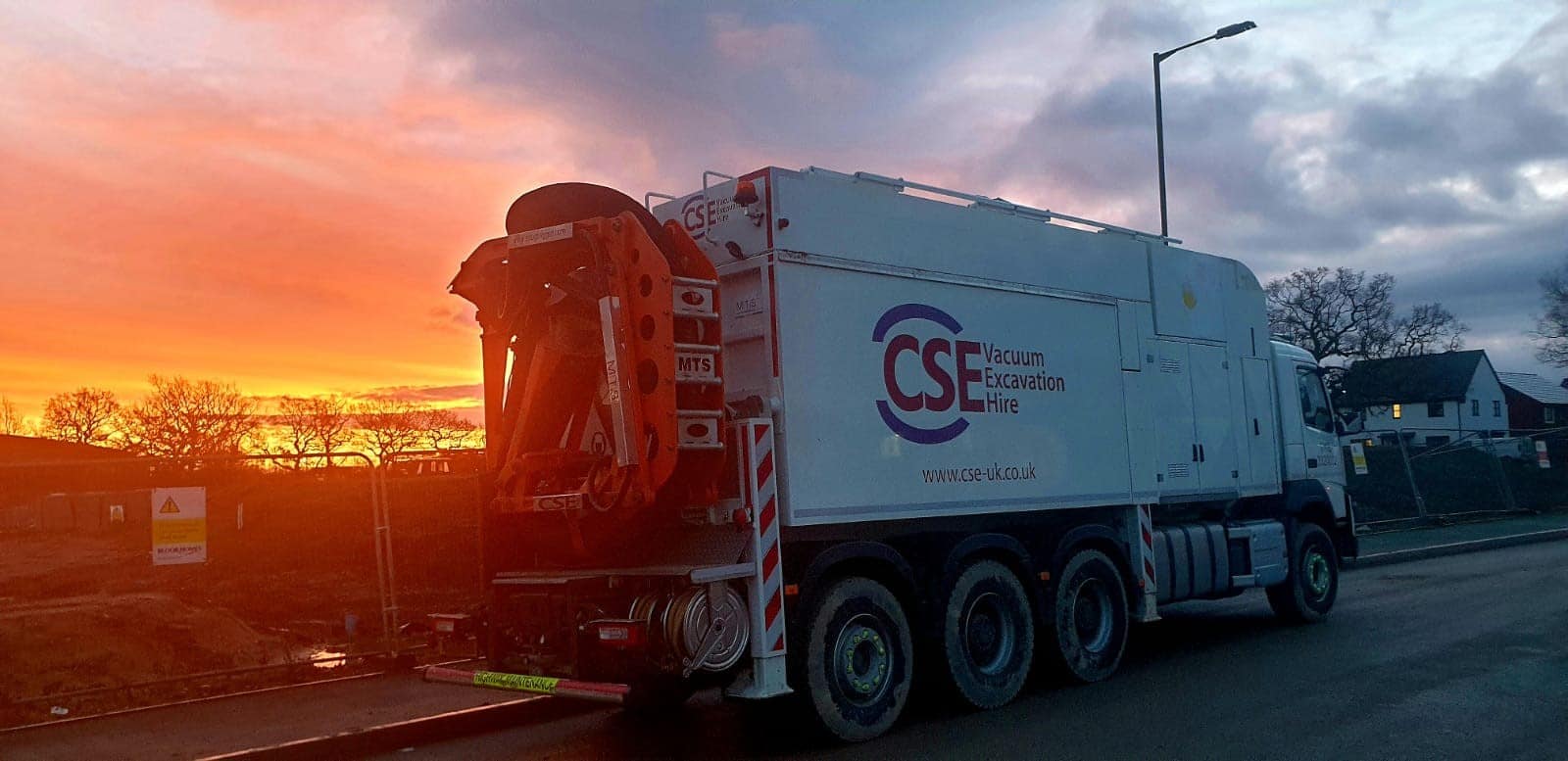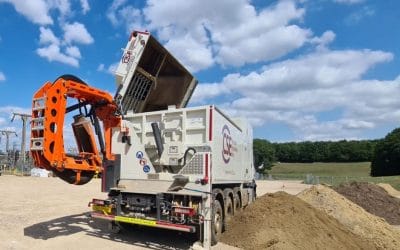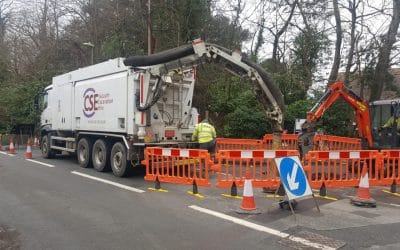Excavation is a vital component of any construction, regardless of whether you are building houses, installing utility lines and pipes, or constructing a road. It is important that the ground is properly prepared so foundations can be established and the project can be successful. The process uses different excavation methods and machinery depending on the materials being excavated and the purpose of the site. It is possible to excavate most materials, including rocks, soil, mud, and liquids, to create trenches and cavities for construction purposes.
Types of Excavation Material
Sand and Fine Soils Excavation
One of the most common types of extraction, sand and fine soils use simple techniques, and every method of bar drilling can be used to do this. The choice of method would depend on the size of the excavation and whether you need to be able to reuse what is removed at a later date.
Liquid Excavation
This type of extraction is used for ponds, lakes, or silos to remove any liquid from the area. It may also be used when bad weather has caused issues with too much water and requires vacuum trucks and suction excavators.
Earth Excavation
When digging foundations or drainage ditches, earth excavation is required to remove many layers of the earth, including the topsoil and lower layers, in order to achieve a suitable depth.
Muck Excavation
Muck is defined as water and soil combined and is undesirable on any constriction site. Removing muck is one of the basic excavation methods and once removed, it is relocated to another area and, if needed, spread out to enable it to dry up.
Rock Excavation
The removal of rocks is one of the most challenging excavation types due to the nature of the materials. In order to successfully excavate rock, specialist equipment is needed, and a workforce skilled in blasting and drilling is vital for a successful excavation.
Topsoil Excavation
In this common excavation method, the top layer of the earth is removed. This can be not only soil but vegetation or other materials that would prevent the lead from coping with a structural load.
Roadway Excavation
When constructing roadways, there is more than one type of excavation needed. The most obvious is to clear the path for the road by removing anything that is in the way. It could also be that embankments at the side of the road need to be constructed, and this would be a ‘borrow’ type of excavation. Finally, the slope materials can be unsuitable, in which case these will need to be excavated, and more appropriate borrowed materials will be brought in to create a suitable slope.
Footing Excavation
Footings may be better known as foundations, which are used to create support for a bridge or building. They are designed to ensure that something heavy does not collapse or sink, and this is done by spreading the load over the footings or foundations. This type of excavation does not happen until the site has been correctly graded. Footing excavation is a precise type of excavation, and once complete, the concrete is poured in and allowed to be set to create the footings.
Excavation Purpose
Drainage
It is pretty evident that drainage excavation would be needed to remove water. There are lots of reasons why drainage excavations are carried out, and these include storm drains, trenches, agricultural drainage, and runoffs. It can also be used to protect areas by funnelling away the water from infrastructure, habitation, or agriculture.
Channel
Also involving water, channel excavation is used when the flow of water needs to be increased or a larger capacity is required. Again this could be to protect areas prone to flooding but can also include sedimentation and stagnation buildup that occurs in water courses over time.
Borrow
Most excavation techniques are designed to remove materials that are in the way of the construction, like creating trenches for foundations. Borrow excavation works in reverse when materials are needed to fill or grade land or when materials like concrete are mixed. The materials can be gravel or soil and will be held in a borrow pit until needed.
Bridge
As the name suggests, bridge excavation is a component of bridge construction. It ensures that the ground is suitably prepared to hold foundations and other substructures that will give the bridge stability and create a safe structure.
Basement
One of the more complicated excavations, basement excavation, is, as the name suggests, below the level of the ground. It can be needed for a range of purposes when construction will be done in part or whole below ground level.
Dredging
Dredging is a process of clearing sediment from under the water, either to allow ships and boats clear passage or because of construction works that are needed. The sediment build-up is just a natural time/age process, so dredging is an effective excavation method of dealing with it.
Trench
Trench excavation is used when the required length of the excavation is longer than the depth and is commonly used for pipelines, service lines, foundations, and sewer systems. The best excavation types of excavation vary depending on the ground conditions, obstructions, and the overall purpose of the trench.
Cut and Fill
Cut and fill is also referred to as stripping excavation and is needed when large areas of land need to be cleared. Excavation under these circumstances requires shallow, wide layers of the ground to be cleared, which may include rocks, sand and other undesirables, and topsoil.
Factors That Determine The Choice of Excavation Method
Using the wrong excavation method can be both costly and detrimental to the construction, so it is essential that the types of excavation methods are fit for the purpose. If you pick the wrong way and damage underground utilities, you will be liable for the costs, which are upwards of £30,000. The project’s size, location and purpose all determine the excavation method, and the best advice is to speak to the professionals so you can be sure you get the correct excavation method; it is what we are here for.





